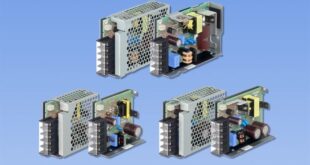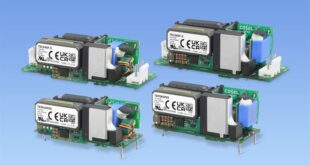At a time when power generation must follow extensive emissions regulations, how can healthcare providers find a reliable power solution for their patients? Jason Harryman explains
According to the UK Department of Health, alternative power sources must be available within 0.5s in situations where power interruption represents a threat to the life of patients, while other medical equipment must be powered within 15s.
Given that healthcare sites can have an electricity consumption of over 2 million kWh, standby power supplies must be able to generate large volumes of power very quickly.
While rapid advances are being made in alternatives such as natural gas, diesel generators remain the preferred standby power option for mission critical applications.
Not only do diesel generators tend to require less maintenance, they also have faster start up times. When paired with an uninterrupted power supply (UPS) — a technology used to ensure continuity during the few seconds the system takes to move from mains power to backup power — hospitals can continue business as normal with no risk to their patients.
However, there are more than just health regulations at play in purchasing and installing a diesel generator. The NHS produces 5.4% of the UK’s greenhouse gases, so healthcare providers must also consider the requirements imposed on them by emissions regulations.
Respecting emissions regulations
Increasingly stringent regulations have led to significant advances in minimising the emissions produced by diesel generators. To comply with the Medium Combustion Plant Directive (MCPD), our range of Cat 3516 engines adopt an air-to-air and charge-air cooled system, cooling the engine air before it enters the combustion chamber.
Lowering the temperature of the air in the engine allows more air to be combusted per engine cycle, increasing power output while limiting nitrogen oxides.
Another Caterpillar technology uses catalytic converters and urea-diesel exhaust fluid (DEF) to evaporate nitrogen oxides into ammonia, breaking it down into nitrogen gas and water vapour. This means that hospitals can operate generators that would otherwise not be compliant with selective catalytic reduction (SCR) solutions.
Both methods present an affordable way to ensure standby generators are compliant with the MCPD.
As SCR leads to reduced fuel consumption, the recurring cost of DEFs can be easily offset by the reduction in diesel costs. Similarly, the increased output obtained through air-to-air and charge-air cooling will reduce the amount of diesel needed to obtain the same power output.
Flexible fitting solutions
Even if a generator has incredible power output, it will need to fulfil other specifications that cannot be measured through kW alone.
Power density is used to measure how much power can be generated per unit of space, allowing healthcare providers to prioritise space efficiency over raw power.
Compact generators with a high power density, will take up less floor space, giving hospital procurement teams the option of saving space or installing more generators in the given space.
Using compact generators that deliver the same output will also deliver costs savings in ancillary equipment, something that quickly adds up for larger generators. The increased efficiency of the engine also comes with the benefit of reduced emissions, meaning operators are more likely to be exempt from regulations such as MCPD.
By choosing the right diesel generator, you can benefit from cost-effective and continuous, reliable power, allowing you to invest the savings to help patients.
Jason Harryman is UK Sales and Business Development Manager at Finning UK & Ireland.
 Engineer News Network The ultimate online news and information resource for today’s engineer
Engineer News Network The ultimate online news and information resource for today’s engineer



